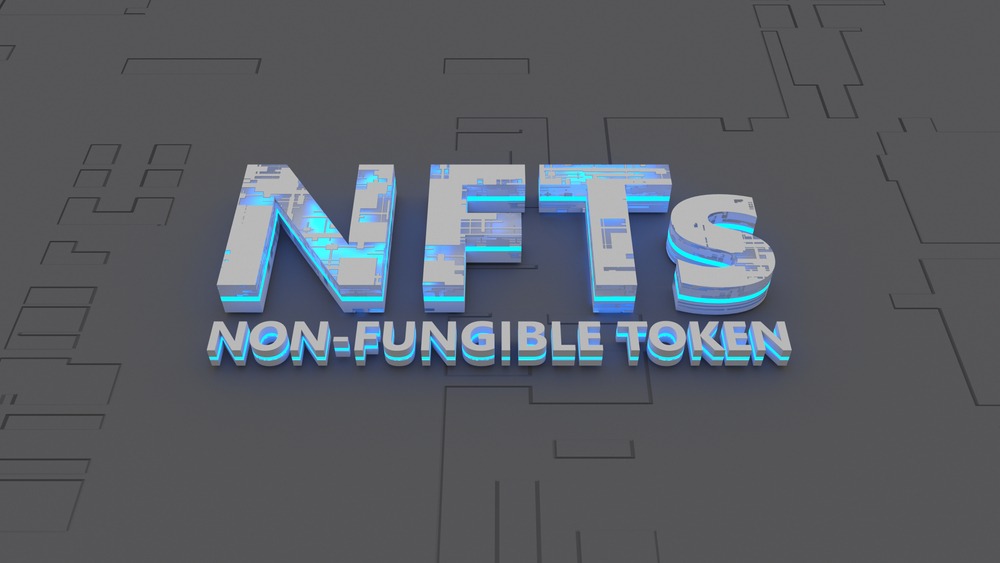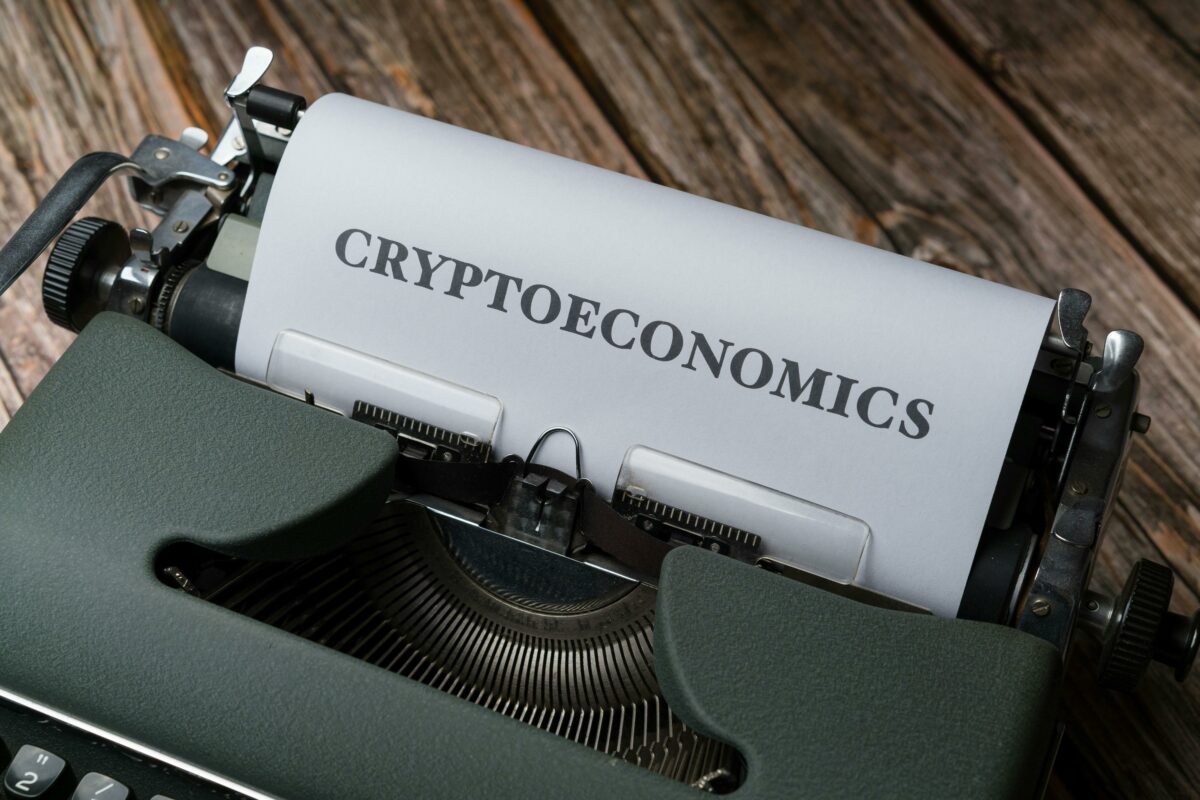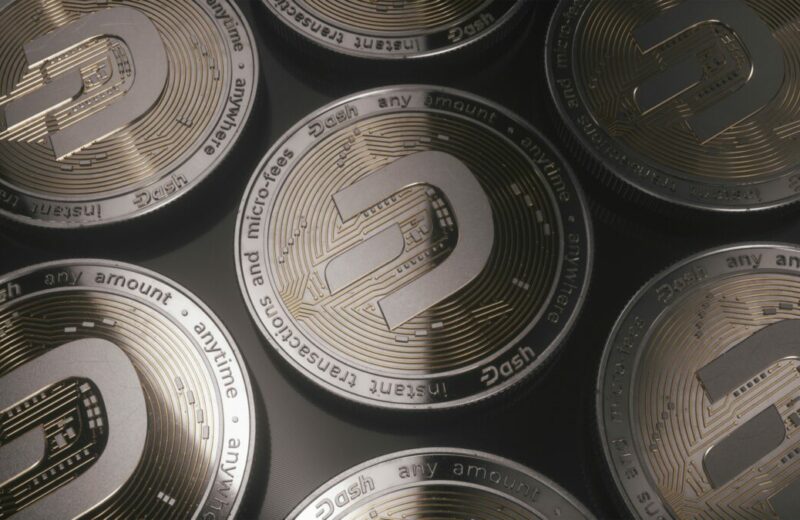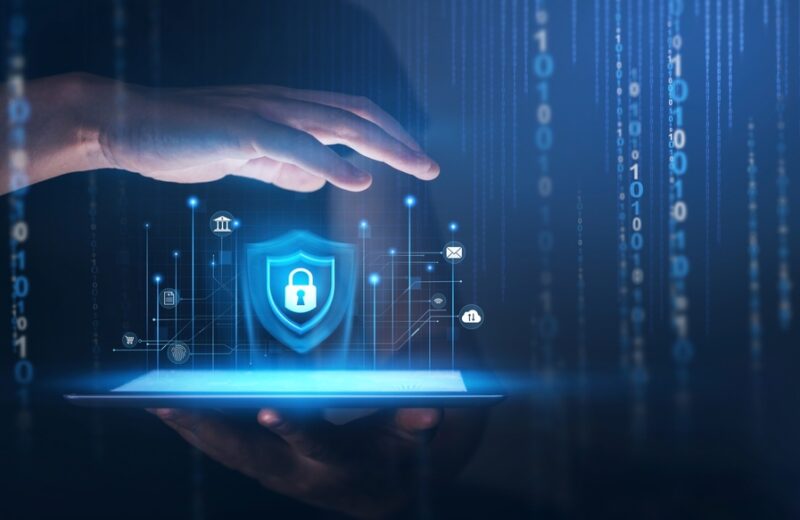The digital era has ushered in a revolutionary new form of asset ownership and exchange through Non-fungible Tokens (NFTs). Unlike traditional assets, NFTs leverage blockchain technology to ensure uniqueness, security, and the possibility of digital scarcity.
In this article, we will delve into the details of NFTs, from their definition to their minting process. By understanding the multifaceted nature of NFTs, one gains insight into their potential impact on various sectors, including art, gaming, and beyond.
Let’s Start
Unveiling the Nature of NFTs
Non-fungible tokens, or NFTs, represent a significant leap in perceiving and handling digital ownership. By definition, NFTs are unique digital assets tokenised on a blockchain carrying distinct identification codes and metadata.
Unlike fungible tokens, such as cryptocurrencies, where each unit is the same as every other unit, NFTs stand out due to their non-interchangeable nature. This uniqueness facilitates the creation, sale, and collection of digital art and other digital assets on a previously unattainable level. For instance, a simple smiley face drawn on a banana, when tokenised on a blockchain, transcends its physical form to become a one-of-a-kind digital asset with its own identity and value.
NFT Origins: The 2014 Quantum Leap

The journey of NFTs began with “Quantum” in 2014, a digital art piece created by Kevin McKoy and tokenised on the Namecoin blockchain. This marked the inception of NFTs, blending art with blockchain technology. However, it wasn’t until 2021 that Quantum found its way to the Ethereum blockchain, illustrating the evolving landscape of NFT marketplaces and platforms.
The development of standards such as ERC-721 and later ERC-1155 played a crucial role in this evolution. ERC-721 laid the groundwork for NFT ownership and transaction protocols. At the same time, ERC-1155 introduced efficiency by allowing multiple NFTs to be processed in a single contract, significantly reducing the cost and complexity of transactions.
The Minting Process of NFTs
Minting is the process through which digital assets become NFTs. It involves several steps, including encrypting and recording the asset’s information on a blockchain. A new block is created for this purpose, which is then validated by a network validator. Once validated, the block closes, and smart contracts come into play, assigning ownership and facilitating the transfer of the NFT. Therefore, each minted NFT is given a unique identifier, tying it directly to a blockchain address, ensuring its uniqueness and authenticity.
Uniqueness vs. Uniformity: NFTs and Cryptos
The primary difference between NFTs and cryptocurrencies lies in their fungibility. Cryptocurrencies, like Bitcoin, are fungible, meaning each unit is interchangeable with another of the same type. This fungibility is akin to traditional money, where each dollar bill holds the same value as another.
On the other hand, NFTs are distinguished by their unique, non-transferable identities, making each NFT distinct and irreplaceable. This distinction extends NFTs beyond mere assets, allowing them to represent anything from digital art to ownership records in virtual and real-world assets.
Beyond Ethereum: The Expansion of NFTs Across Blockchains
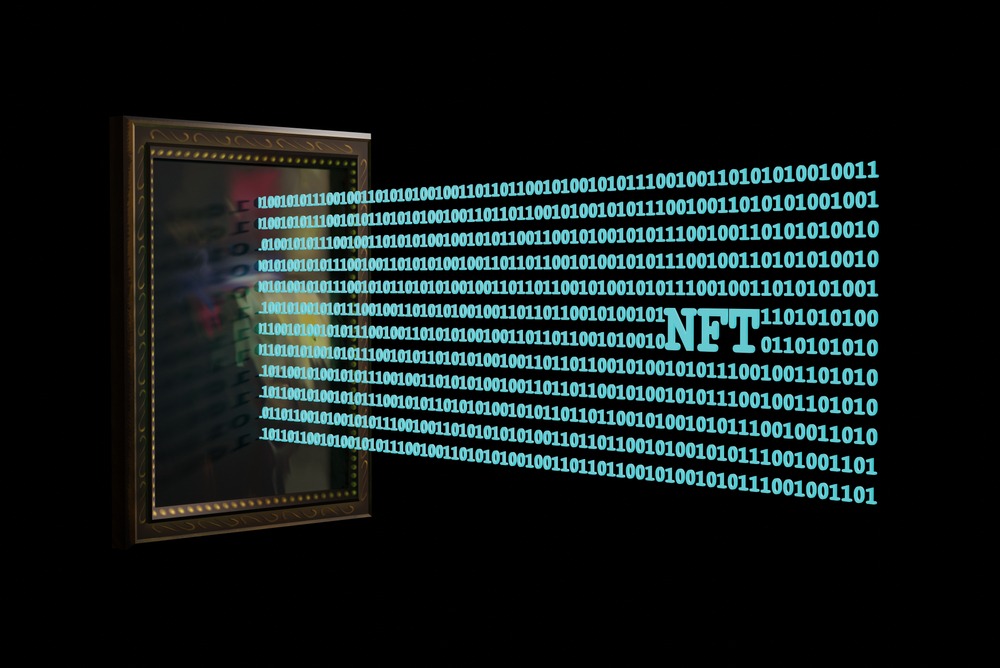
While Ethereum has been the primary platform for NFT creation and trade, other blockchains like Bitcoin have begun exploring NFT-like features. Bitcoin Ordinals, for instance, assign serial numbers to satoshis (the smallest Bitcoin unit), enabling them to carry unique data and thus function similarly to NFTs. This expansion across blockchains diversifies the NFT ecosystem and introduces new avenues for traceability and collection.
The Future of NFTs: Potential and Challenges
The advent of NFTs has opened up unprecedented opportunities in digital art, gaming, and other sectors. However, challenges such as environmental concerns due to the energy-intensive nature of blockchain technology and issues around digital ownership and copyright remain. Addressing these challenges is crucial for the sustainable growth and acceptance of NFTs.
Democratising Investment: The Universal Appeal
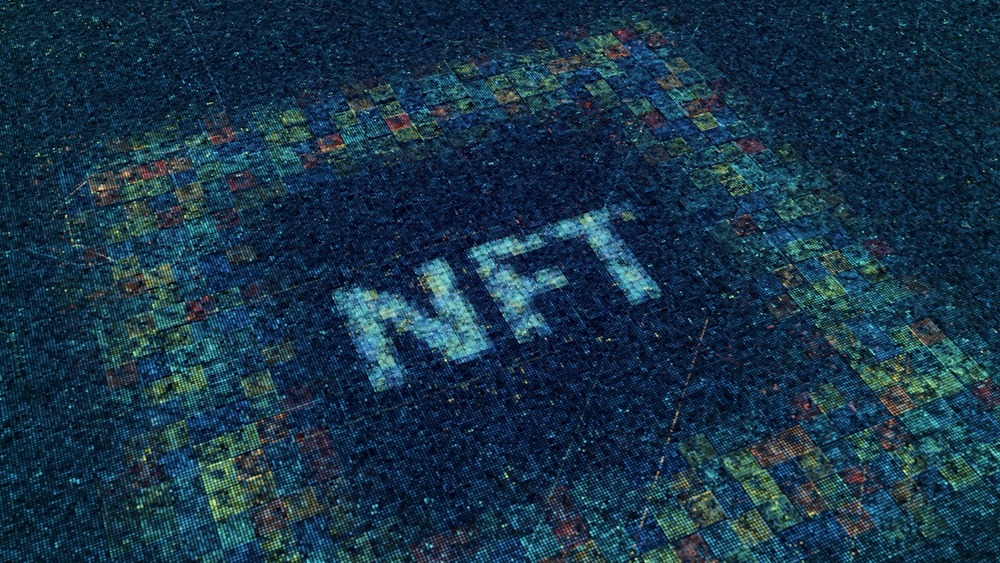
With NFTs, investment opportunities once reserved for the elite are now accessible to anyone with internet access and a grasp of blockchain basics, marking a significant move towards a more inclusive investment landscape.
Leveraging blockchain technology, NFTs offer streamlined ownership verification, eliminating the need for physical documentation and fostering trust in digital asset transactions.
1. Open to the General Public:
NFTs stand out for their inclusivity, allowing anyone with internet access and a basic understanding of blockchain technology to participate in the digital art and collectables market. This global accessibility democratises investment opportunities previously confined to the affluent or those with specific geographic or institutional access. It signifies a shift towards a more equitable investment landscape, where the barriers to entry are drastically lowered.
2. Convenient Digital Ownership Verification:
NFTs leverage blockchain technology to provide a secure, immutable record of ownership. This digital proof of ownership simplifies buying, selling, and transferring assets, eliminating the need for physical certificates or cumbersome verification processes. The blockchain’s transparency and security ensure that ownership claims are straightforward and reliable, fostering trust among participants in the digital economy.
3. Reducing Ownership Conflicts:
The blockchain’s immutable ledger is pivotal in mitigating disputes over ownership. By recording every transaction and ensuring that this record is unalterable, NFTs minimise the potential for conflict. This clarity and certainty in ownership rights enhance market efficiency and reduce legal complexities associated with asset transfer and ownership.
4. Fractional Ownership Opportunities
NFTs introduce the concept of fractionalising ownership of high-value, indivisible assets. This means that expensive artworks, rare collectables, or even real estate can be owned collectively by multiple individuals, making previously inaccessible investments attainable. This improves asset liquidity and opens up new avenues for investment and ownership structures.
The Challenges of Navigating NFT Markets
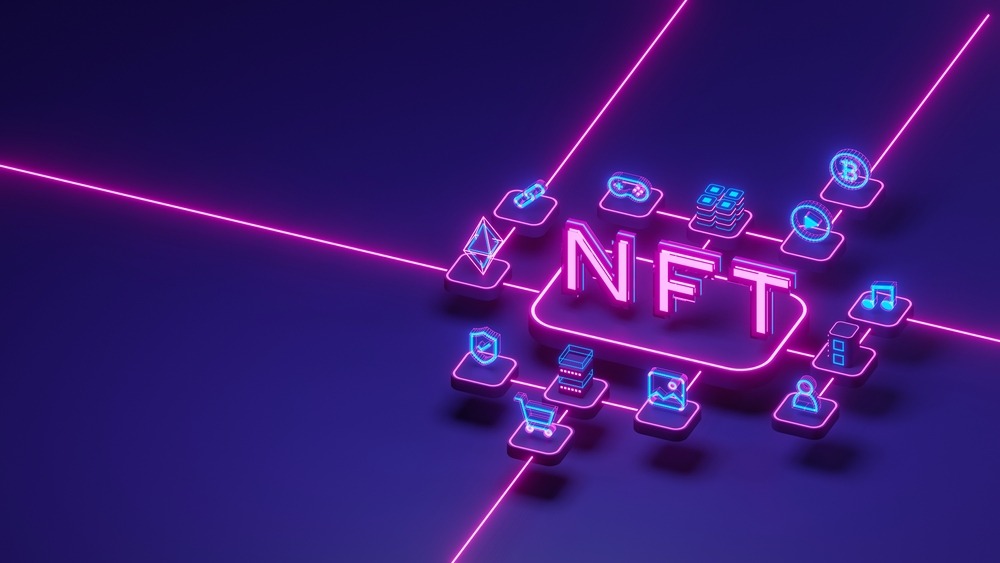
Navigating the challenges of NFT markets presents hurdles ranging from regulatory uncertainties and susceptibility to market manipulation to the complexities of asset authentication and digital security management.
Investors must navigate these obstacles with diligence and technological savvy to protect their investments and mitigate risks in the burgeoning NFT landscape.
1. Market Manipulation and Regulatory Challenges:
The NFT market, largely unregulated and nascent, is susceptible to manipulation. Without stringent oversight, investors face risks from pump-and-dump schemes and artificial inflation of asset values. The lack of regulation also means minimal consumer protection, leaving investors vulnerable to market volatility and potential losses.
2. Fraud, Scams, and Legal Grey Areas:
The digital nature, while enabling ease of transfer and accessibility, also opens the door to fraud and scams. The challenge of verifying the authenticity of digital assets, coupled with the potential for copyright infringement and intellectual property disputes, underscores the need for investors to exercise due diligence and caution.
3. The Burden of Security Management
Owning NFTs requires navigating the complexities of digital wallets, public and private keys, and the security protocols of blockchain technology. This self-managed security aspect can be daunting and is fraught with theft, loss, or hacking risks. Investors must be technologically savvy and vigilant to protect their digital assets.
4. Intellectual Property Disputes and Asset Infringement
Despite the clear ownership records that NFTs provide, they do not inherently prevent disputes over intellectual property or protect against theft and piracy. The digital duplication and sharing of tokenised assets pose challenges to copyright and authenticity, complicating the enforcement of ownership rights in the digital domain.
5. Analysing Underlying Asset Values
Investing in NFTs involves understanding the dual nature of their value: the digital token itself and the underlying asset it represents. This necessitates a nuanced analysis of the asset’s intrinsic value, market demand, and the speculative factors influencing its price. The intangible nature of many digital assets makes this evaluation complex. Consequently, investors must consider tangible and intangible factors in their investment decisions.
The Value Proposition of NFT Investments

NFTs captivate the interest of enthusiasts and investors alike for several compelling reasons. Primarily, they provide an exclusive right to own the underlying asset, whether digital art, music, or any form of creative work, all verifiable via blockchain. This uniqueness adds an intrinsic value to each NFT. Consequently, it becomes more than just a digital asset. Indeed, it’s a piece of irreplicable digital history.
Moreover, the tokenisation of assets, both digital and physical, breaks down barriers to investment, offering fractional ownership and, thus, democratising access to high-value assets. This process enhances liquidity and widens the market for previously illiquid assets. Additionally, the burgeoning interest in cryptocurrency and blockchain technology has propelled NFTs into the spotlight, serving as a practical entry point for those looking to delve into digital currencies and decentralised finance.
Navigating the Investment Landscape
Investing in NFTs is accessible through various avenues, catering to different preferences and investment strategies. Public marketplaces like OpenSea, Rarible, and NBA Top Shot offer a broad spectrum of NFTs, primarily operating on the Ethereum blockchain and necessitating ether for transactions.
For those seeking more exclusive or high-value acquisitions, there are specialised options. Private channels like auction houses like Sotheby’s and Christie’s are available. Additionally, brokers can provide access to these exclusive markets. These venues offer a curated selection of NFTs. They often focus on art and collectables, ensuring buyers find unique items.
Ensuring Security in the NFT Ecosystem
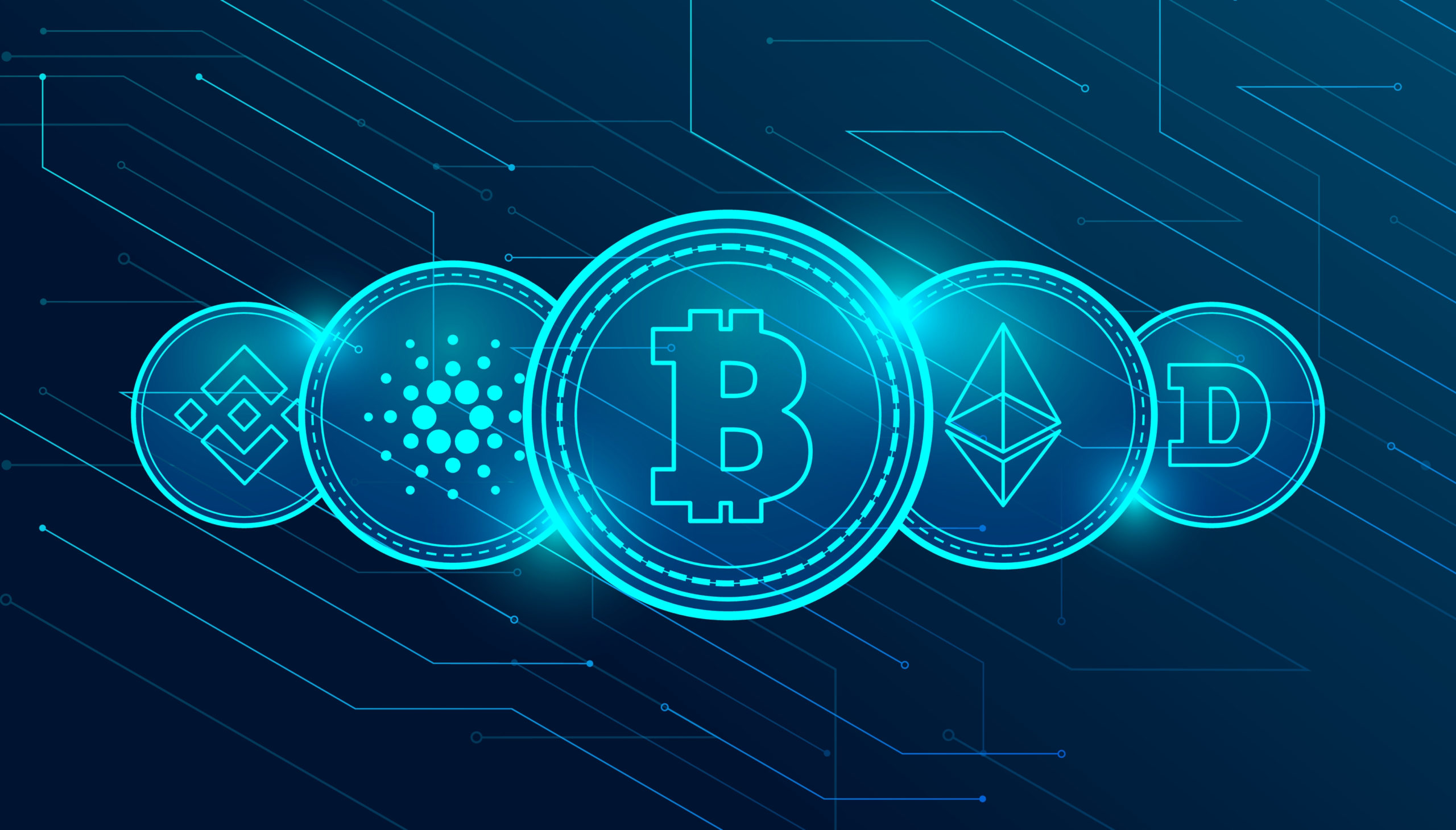
The bedrock of security within the NFT ecosystem resides in blockchain technology, which provides a decentralized and immutable ledger for asset transactions. At the core of this security framework lie cryptographic keys, which authenticate ownership and facilitate secure transfers. Adhering to the fundamental principle of “not your keys, not your coin” underscores the importance of safeguarding private keys, as they grant control over digital assets and protect against unauthorized access or theft.
While blockchain technology offers robust security measures, investors must remain vigilant against vulnerabilities and hacking risks. This includes stringent security protocols to protect private keys from unauthorized access or compromise.
Given the prevalence of cyber threats targeting digital assets, investors must exercise caution when selecting software wallets or hardware devices for key storage. Additionally, implementing best practices such as using reputable platforms, enabling two-factor authentication, and regularly updating security software can further fortify defences against potential security breaches.
Maintaining security in the NFT ecosystem requires a proactive approach that prioritizes the protection of cryptographic keys and employs robust security measures to mitigate risks. By embracing these practices and remaining vigilant against emerging threats, investors can safeguard their investments and foster trust in the integrity of the NFT marketplace.
Conclusion
In conclusion, the rise of Non-Fungible Tokens (NFTs) marks a groundbreaking shift in digital asset ownership and exchange. Leveraging blockchain technology, NFTs ensure uniqueness, security, and the potential for digital scarcity, revolutionizing how we perceive and handle digital assets. As NFTs continue to gain traction across various sectors, from art to gaming, understanding their multifaceted nature is crucial for navigating this evolving landscape.
Despite the transformative potential of NFTs, challenges such as regulatory uncertainties, security vulnerabilities, and intellectual property disputes persist. However, by embracing best practices and remaining vigilant, investors can capitalize on the opportunities presented by NFTs while mitigating associated risks, ultimately shaping the future of the digital economy.


